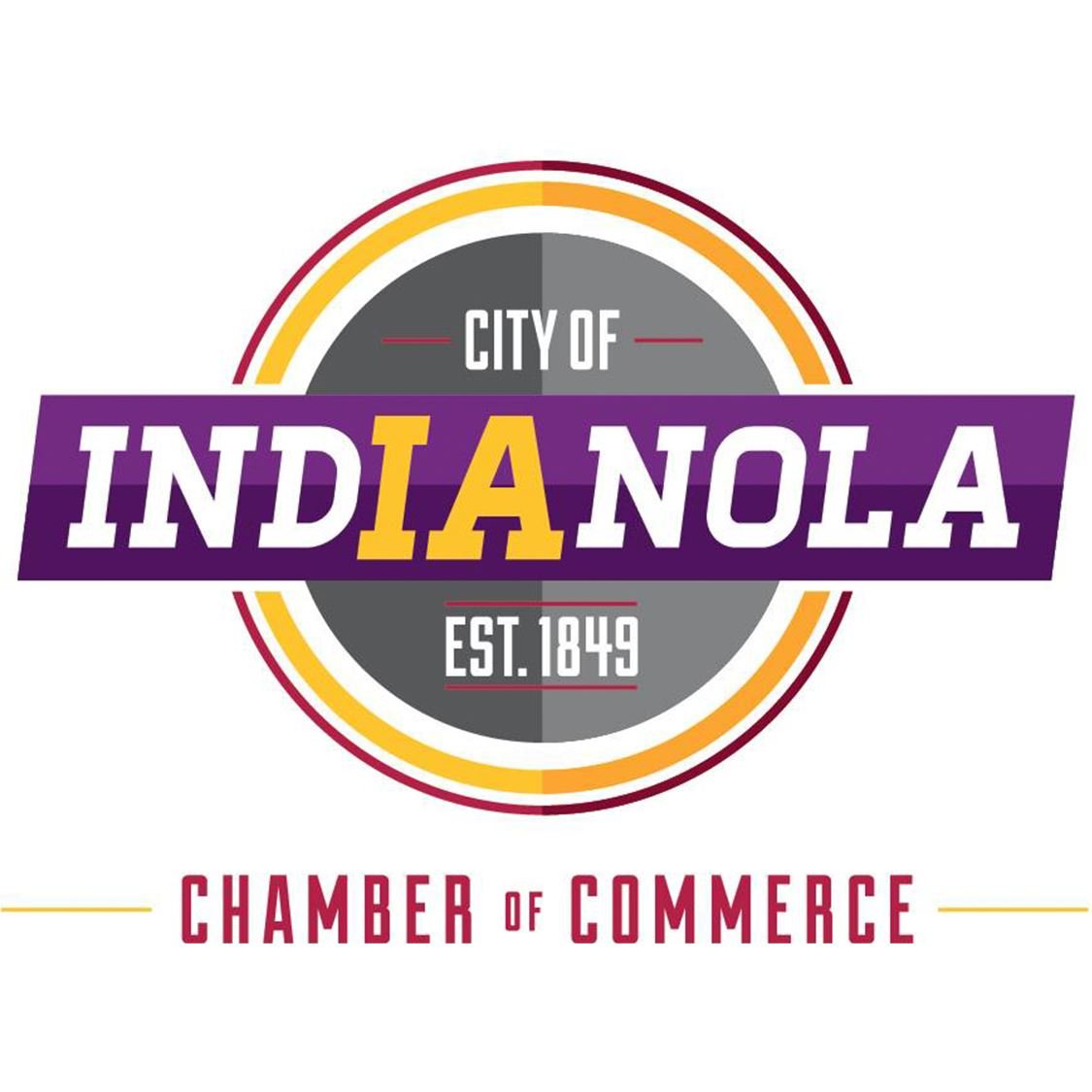In the earliest days of Business Analysis as a discipline and of requirements gathering as a scoping tool, one of the first techniques a person would learn was the “5 Why’s.” The intent of the "5 Why’s" was originally part of root cause analysis: why do we need this solution? Why does this problem exist? And why does that problem exist? etc, until we get to the root cause of the issue so we can solve the right problem and not waste resources on any wild goose chases.
I am a firm believer in reviewing and refreshing the tools we use as well as a firm believer in this theory’s effectiveness. So, I’m offering up this fresh look at the "5 Why’s" to keep it at the forefront of our minds. But, instead of simply asking “why” five times, let me propose 5 separate why-like questions, putting a bit of a YCNS-esque twist on this solution that I hope will prove useful:
1. Why?
i.e. Why are we doing this project or initiative? What business value are we after?
This question is foundational. Without it, asking the others becomes difficult. If we don’t understand the business objective, the fundamental driver of the project, then we should put our pencils down until we do.
Ask: Why are we doing this? Why are we having this conversation? Why have the intelligent, capable, business-minded folks who authorize and approve projects around here chosen to spend even a moment or a dollar on this particular thing? What do they want out of it?
While yes, that is a lot of why questions, they aren’t the other four “whys.” They all add to this one, helping us shape our understanding. By finding the answers, we can give ourselves a solid foundation to base our future efforts on, and when we think in a dark moment if this will be worth it, we will have already discovered the reasons to continue, and we can continue to push forward.
2. How Come?
“How Come” serves three purposes here:
It can remind us to ask: “How did this project come to be?” Where did this project come from? Who initiated it, and what were they originally thinking or expecting? This is a wonderful way to ferret out stakeholders, and to identify possible gaps between the original project request and the current situation. It can also remind us to ask the deeper “why” in problem solving. “How did this problem come to be?” Where did this problem originate? How did the symptom we’re seeing now get its origins? How has the problem been able to persist as long as it has”? This gives a chance to understand the business, its policies, and its operations a little better.
The simple phrase “How come” reminds us to take a conversational, curious tone with our stakeholders. Adopt their language, adopt their tone, and be genuine with them. They are people just the same as us and deserve the same respect as anyone else.
3. Why Else?
i.e. Why else are we doing this? What other plausible causes would result in this problem? (or conversely) what other benefits might we reap from this?
This question helps us make sure we’re broadening our lens a little. Is there a “secondary” why? Is there an additional benefit that might support the need for this project or initiative, or an ancillary or related problem that goes away when we fix this?
Asking the question in the form of “why else” also reminds us to consider not just other stakeholders – who else – but also what else they’re not telling us or not thinking of off the top of their heads. It’s a probe-deeper question and helps us find issues that we might not have considered or noticed before.
I like the presumptive “what else” open-ended style question, rather than the closed ended “is there anything else” – the former forces a more thoughtful answer, whereas the latter allows a hasty “no” if time or interest is running short.
4. Why Doesn’t?
i.e. What doesn’t work about this? What alternatives can we consider?
This question forces us to take the perspective of the curious, impartial outsider and challenge the status quo. We can ask things like “why don’t we do it this way” or “why doesn’t it happen that way” or offer other out-of-the-box ideas that challenge status quo, without sounding judgmental. The question “have you thought about” implies that the person asking the question is somehow smarter than the person they’re asking, and a humbler “why doesn’t” allows the person answering to consider the question and their response in a nonthreatening way.
When I’m new to a team or interacting with a new member of my team, I like to use the phrase “help me understand” which implies a curiosity, and a desire to learn more about the team or the situation. “Why doesn’t” can create the same kind of positive atmosphere.
5. What If?
i.e. The final questions we need to make sure we consider before we move forward!
Asking “what if” in the context of the 5 whys can do a handful of things for us. We don’t need to ask them all, but if we even explore a couple of these avenues, we can reach a better solution than if we missed them:
- What if this problem wasn’t the root cause? What if this was just a symptom of something deeper, what would the deeper thing be?
- What if this project didn’t get funded? What could we do to work around it or survive within our current box? Is there another way to solve this current pain?
- What if there’s someone to who would be annoyed about or disappointed about “fixing” this problem – what if to them, it’s not a problem at all. Who would that be, and what would their perspective be?
- What if this problem really does get solved? What else will we be able to do with the time and resources that will be freed up once this pain point or issue goes away?
- What if we tried something that hasn’t been done here before? What kinds of opportunities/momentum might be created?
There’s no real magic to asking “5 why’s” – it’s not a perfect 5. It’s not always exactly 5 – sometimes it’s 3 or 4, sometimes it’s 7 or 8, but if we’ve only asked “why” one or two times, we’ve probably not asked enough. And if we keep asking “why” using that same word over and over, we can sound like a noisy toddler. These variants allow us to shake it up a bit, with some intentional strategy behind them.
How about you? What else do you like to ask? Please reach out! I’d love to hear all about it!








